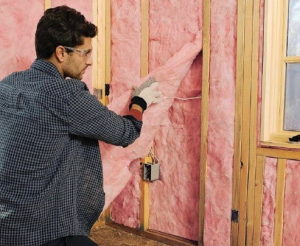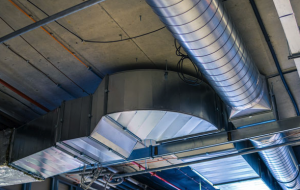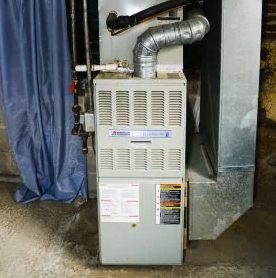

Did you spend this past winter continuously turning up the heat? Winter in Canada is guaranteed to do one thing: force you to start turning up the heat so you can stay comfortable in your home. Now that the temperatures are finally starting to warm, will you be playing to the air conditioner too? You may find that your home experiences uneven temperatures from room to room and wonder, “Why is one room colder than another?”
There are a few possible causes for some rooms feeling colder than others. We’re going to look at the more common reasons for this difference and how you can achieve an acceptable temperature in every room.
Make Sure You Have Good & Even Insulation

Issues with insulation are a lot more prevalent in much older homes, especially if they’re still largely original, without any major renovations. For example, an older home maybe didn’t get the benefit of modern insulation like fibreglass, polystyrene, or cellulose. Uninsulated homes have a tougher time retaining heat and will more easily admit cold (or hot) air, which makes reaching an acceptable temperature in every room difficult.
The solution here, of course, is to get insulation! That might seem costly for your whole house, but in the end, you’ll experience a significant and immediately noticeable increase in warmth during the winter (and cooler temperatures in the heat of summer) on top of lower heating bills.
Differing Temperatures Are the Result of Heat Escape
Similar to an insulation problem, sometimes one room is colder than another because heat is leaking outdoors before it reaches those rooms. You will experience this type of heat loss with structural flaws in window frames, in the foundation, around entryways, and in other vulnerable areas. Older, wooden window frames will erode from exposure to heat and moisture, and they eventually create drafty areas that allow heat to leak out rapidly.
The best way to combat this leakage is to find the holes and seal them up. In some cases, you may need to either seal window frames or even think about getting new ones, complete with energy-efficient glass as well.
Faulty Ductwork

Sometimes the issue isn’t with your heat getting out, so much as the appropriate amount of heat (or cool air) not getting where it’s supposed to in the first place. If a home has old, leaky ducts, roughly 30% of heated air from a furnace isn’t even getting to the vents and into the rooms.
Have an expert come in and evaluate your ducts for efficiency and leaks. If any holes are found, it’s relatively simple to seal them up.
Improper Furnace or Air Conditioner Size

Sometimes, the problem is found right at the source of heating or cooling production. You may have a unit that just isn’t suitable for the size of your home. When a furnace or air conditioning unit is initially installed, professionals will go over the total area of the house and recommend a model that can accommodate your load. If the house is remodelled, especially with an extension or even a whole new floor, you need to reevaluate your furnace so that it aligns with your heating demands.
You’ll need to consider a new furnace or other measures such as adding a second thermostat or even zoning control with “smart vents” to get around an issue like this.
For a FREE assessment of your home’s HOT and COLD spots, please give us a call.
